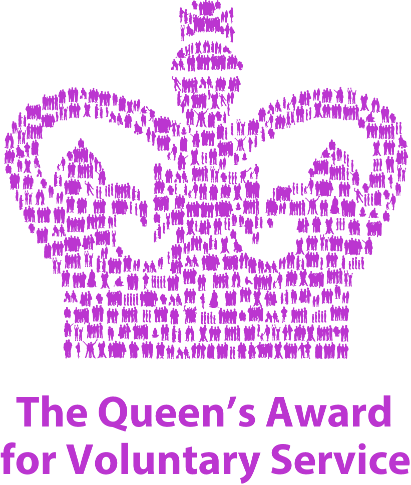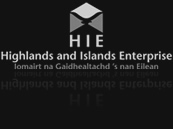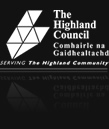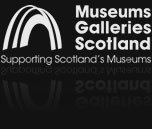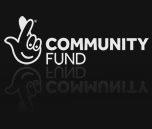Blog
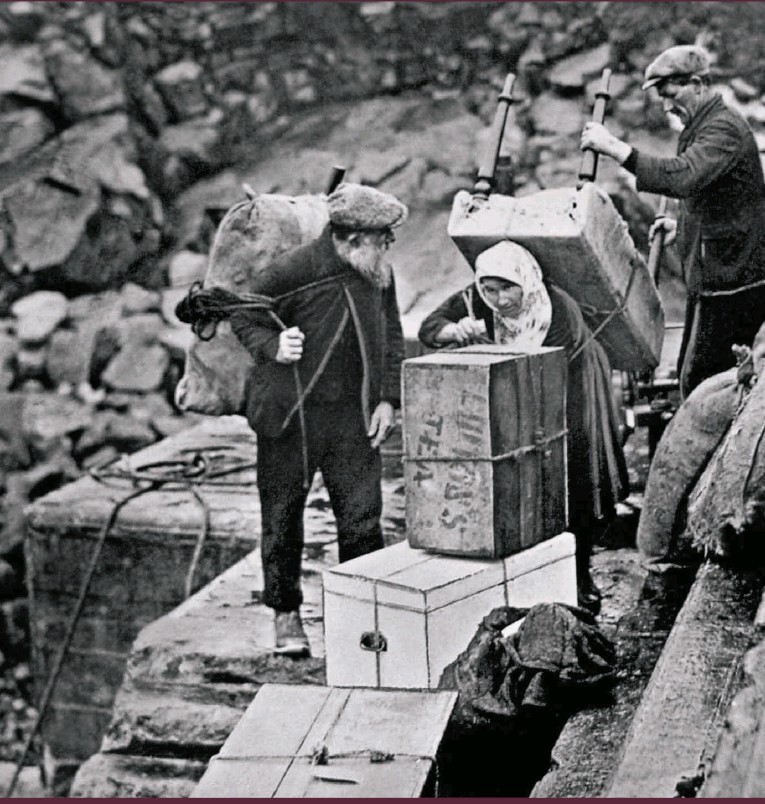
90 years ago today, at 8am on 29th August 1930 the evacuation of the far flung island archipelago of St Kilda began. The HMS Harebell pulled away from the harbour on the main island of Hirta; and with it, at least 2,000 years of human occupation, courage, fortitude, suffering and a unique lifestyle came to an abrupt end.
The story of the evacuation, and of St Kilda, is a fascinating one and every ten years the full decade anniversary often reignites interest in the island’s story. In 2010, to mark the 80th anniversary, new books on the subject were published, and the story received coverage in several national newspapers, all of them scrabbling to interview the last two remaining survivors from that fateful day. Norman John Gillies was aged only five at the time of the evacuation in 1930, but still held vivid memories of the day. Rachel Johnson was born on Hirta in July 1922 and was eight at the time of the evacuation. Sadly, today’s 90th anniversary passes without the unique insight of the ‘living, eyewitness history’ that is provided by surviving observers to historical events.
Norman John Gillies died in 2013 in a Cambridge hospital at the age of 88. He had moved to the university city after meeting a woman there while serving in the RAF. She was to be his wife for more than 63 years. Norman John was named after his mother’s two brothers. They were among five men trying to land on one of the other islands in the St Kilda archipelago during a strong sea swell when their boat capsized. No St Kildan could swim. Norman John’s grandfather was saved along with another man. Only one body was retrieved but neither of his uncles Norman or John’s bodies were ever found. From that moment on Norman John was always called by both his names.
Rachel Johnson passed away in April 2016, at the age of 93, after spending the last few years of her life in a care home in Clydebank, Dunbartonshire. The mere mention of St Kilda was said to cause a gentle smile to light up her face.
With their deaths during the last decade the 90th anniversary becomes yet another historical event from the 20th century from which we have become one further step removed.
Yet the evacuation was not a sudden decision nor one which was forced onto the islanders by outsiders. The remaining 36 St Kildans finally made the heart-wrenching decision to seek outside help in May 1930 and wrote to the Scottish Government.
Numerous factors led to the evacuation of St Kilda. The islands’ inhabitants had existed for centuries in relative isolation until Victorian tourism and the presence of the army during the Great War led the islanders to seek alternatives to the privations they habitually suffered. The arrival on the island of regular visitors in the nineteenth century disconnected the islanders from their isolated and traditional way of life, which had allowed their forebears to survive in this unique environment.
The inhabitants were gradually tempted by the potential of the wider world, learning to rely on outside communication and contact with the mainland. In 1852 36 St Kildans emigrated to Australia and the inexorable population decline began.
John Ross, the schoolmaster, noted in 1889 that islanders spent most of their time producing goods to sell to tourists, including sheepskins, tweeds, knitted gloves, stockings, scarves, eggs and ornithological items of interest.
A small jetty was constructed in 1902, to try and assist the St Kildans with the offloading of supplies, but still they remained at the weather’s mercy. Gradually the islanders began to become more dependant on imported supplies of fuel, food and materials, then suffered even more greatly when bad weather prevented the arrival of those provisions – which in a bad winter could be for months on end.
After the Great War, the majority of the young men left the island, seeking work and opportunities on the mainland, and the population fell from 73 in 1920 to 37 in 1928. Food shortages and influenza outbreaks also occurred several times between 1910 and 1930. Four of remaining men on the island died during an influenza outbreak in 1926, and this was followed with a succession of crop failures in the late 1920s. The island’s soil had become contaminated over a lengthy period of time with pollutants, caused by the use of seabird carcasses and peat ash in the manure used on the fields.
A child, the son of Rachel MacDonald, died due to a lack of medical care on the island, helping to highlight the remoteness of the community. After further harsh winters in 1928 and 1929 the final straw came in January 1930 when one of the island’s few remaining young women, Mary Gillies, fell ill while pregnant and was taken to the mainland for treatment, where she tragically died in hospital. She was the mother of the longest male survivor, Norman Gillies. For many years it was assumed that her death had been caused by appendicitis. However, Norman discovered in 1991 that she had actually died of pneumonia after giving birth to a daughter, who also sadly died. By May 1930 the population had reduced to just thirteen men, ten women, eight girls and five boys. Among the adults there were six widows and three or four widowers. Between them they formed just 10 households, leaving the remaining cottages unoccupied.
The driving force behind the evacuation was nurse Williamina Barclay, who had been stationed on St Kilda in 1928. Nurse Barclay reported her observations on the conditions on the island to the Scottish Department of Health. In May 1930 she managed to convince many of the islanders to evacuate and helped draw up an official petition to request assistance with the evacuation and for the islanders’ resettlement on the mainland.
St Kilda, Scotland, 10th May 1930
PETITION TO THE SECRETARY OF STATE FOR SCOTLAND The Right Hon. W. Adamson M.P. Westminster
Sir,
We, the undersigned, the natives of St Kilda, hereby respectfully pray and petition H.M. Government to assist us all to leave the island this year and to find homes and occupation for us on the mainland. For some years the manpower has been decreasing. Now the total population of the island is reduced to 36. Several men out of this number have definitely made up our minds to go away this year to such employment on the mainland. This will really cause a crisis as the present number are hardly sufficient to carry on the necessary work of the place. These men are the mainstay of the island at present, as they tend the sheep, do the weaving and look after the general welfare of the widows. Should they leave the conditions of the rest of the community would be such that it would be impossible for us to remain on the island another winter.”
The islanders said they did not ask to be settled together as a separate community; but were seeking help to be moved somewhere where ‘there would be a better opportunity of securing our livelihood’.
The letter took fourteen days to arrive at the Scottish Office. However, the islanders’ precarious existence was already well known to the Secretary of State, who appointed Nurse Barclay as the government’s official representative on St Kilda; with responsibility for the planning of the evacuation and the resettlement of the St Kildans on the mainland. All the cattle and sheep were taken off the island, by the tourist boat Dunara Castle, two days before the evacuation, for sale on the mainland. However, all the island’s working dogs were drowned in the bay as it was decided they could not be taken.
Friday 29th August, the day of the evacuation, promised to be a perfect day. The sun rose out of a calm and sparkling sea and warmed the faces of those waiting to leave the island. A clear blue sky and the sight of a green and pleasant Hirta made parting all the more difficult. Observing tradition, the islanders left an open Bible and a small pile of oats in each house, left the houses unlocked, and at 7am boarded the Harebell. Although exhausted by the strain and hard work of the last few days, they were reported to have remained cheerful throughout the operation. Finally, at 8am the ship pulled away from the St Kildans’ homeland, the only one they had known. As they steamed eastwards and the familiar outline of the island grew faint, the severing of an ancient tie became a reality and the St Kildans gave way to tears. The women stood at the stern of the Harebell, their shawls around their heads, waving goodbye to the island until it was out of sight.
The ship landed at Morvern on the Scottish mainland, to a waiting and curious crowd. Officials found forestry work for the men – who had never seen a tree before. The men were renowned for being strong climbers, a reputation earned from years of scaling dangerous cliffs to collect bird eggs. Most of the St Kildans were settled at Lochaline near Oban, while other families went to live at Strome Ferry in Ross-shire, Culcabock near Inverness, and at Culross, Fife. The Scottish Office did its best to respect the islanders’ personal preferences as to the family members or neighbours with whom they wished to be settled. Many of the St Kildans found the transition hard, particularly the older islanders, of whom many had wanted to stay. Some of the elder inhabitants knew only a little English and had never used money before. St Kilda had no use for notes or coins.
During the 80th anniversary in 2010, Norman John Gillies looked back fondly on his early childhood on the rocky archipelago of four small islands.
‘We lived at No 10. There were 16 cottages in a little semicircle on Village Bay,’ he remembers, ‘Next door was Christine McQueen, my widowed aunt; a few doors away my uncle, Donald Gillies, with his wife and daughters; and at No 15, my granny, known as “The Uncrowned Queen of St Kilda” for her youthful good looks.’ Today, her nickname is carved on a plaque by her abandoned home – part of the information available to the few summer tourists who visit the UK’s only dual world heritage site – recognised for its natural attributes and its vanished culture.
‘Everything was shared,’ explained Norman John. ‘Each day, except Sunday, God’s day, all the men met between house No 5 and No 6 for the morning meeting (known as the St Kilda parliament) to decide what needed doing and who would do it.’
‘When the men had been to kill the seabirds they were put in a big heap and shared out.’ Not according to who had risked life and limb climbing the cliffs to collect them, but according to need. ‘I must have eaten a fair few fulmars, guillemots, gannets and puffins.’
Norman John never forgot his roots and in 1976 he returned to St Kilda, as part of a National Trust working party to renovate some of the houses in which his family once lived. ‘It was quite emotional for me to see where I was born, the house where I lived, and visualise the people on the street,’ he admitted, ‘and to see the church. I remember as a boy sitting in the church. I couldn’t sit still sometimes, and my mother had to get me from the aisle.’
In 2006, at the age of 81, Norman John finally discovered where his mother had been buried. In a churchyard near to the hospital where she had died in Glasgow. He erected a stone in her memory. When asked what his most vivid memory of his mother was; he recollected her standing on a high dry-stone wall beckoning and shouting to both ends of the island, ‘Tormod Iain’ – Norman John in Gaelic – ‘Time for your dinner!’
Despite a request from the St Kildans for the evacuation not to be photographed or filmed, their wishes were ignored (they agreed only for their arrival on the mainland to be recorded). John Ritchie, an amateur cine enthusiast and ornithologist, recorded this unique footage of the preparations for evacuation, the existence of which was kept secret until 1979. At the time of the evacuation, Scottish Office regulations also prohibited any photos or newsreel recordings of the event. The film includes shots of Rachel MacDonald, whose child had died for lack of medical attention, and thus helped contribute to the final decision to evacuate St. Kilda. The islanders did not wish to be photographed and can be seen either turning their faces or hurry into building to avoid being filmed. Even viewed 90 years on, the experience for the watcher feels uncomfortable, poignant, and slightly voyeuristic.
If you wish to relive that final day, and put yourself in the shoes of a St Kildan on that poignant and emotional day, please click here to view:
https://movingimage.nls.uk/film/0793
Thanks to this recently rediscovered, and rare, footage from a 1972 television documentary, it is still possible to hear and see some of the long-forgotten voices from St Kilda. Please click here to view:
The story of St Kilda has fascinated people for many years. The events are probably without parallel in Britain and captivate each new person that learns about the island for the first time. I hope this series of blogs have intrigued you too. If you wish to find out more, why not visit the West Highland Museum in Fort William and learn more about life on this unique island archipelago?
Mark Bridgeman
Mark Bridgeman is an author. His latest book “Blood Beneath Ben Nevis” is available at the Highland Book Shop (Fort William), Waterstones, WHSmiths, & Amazon. It will be available in the Museum shop from 1 September 2020.





